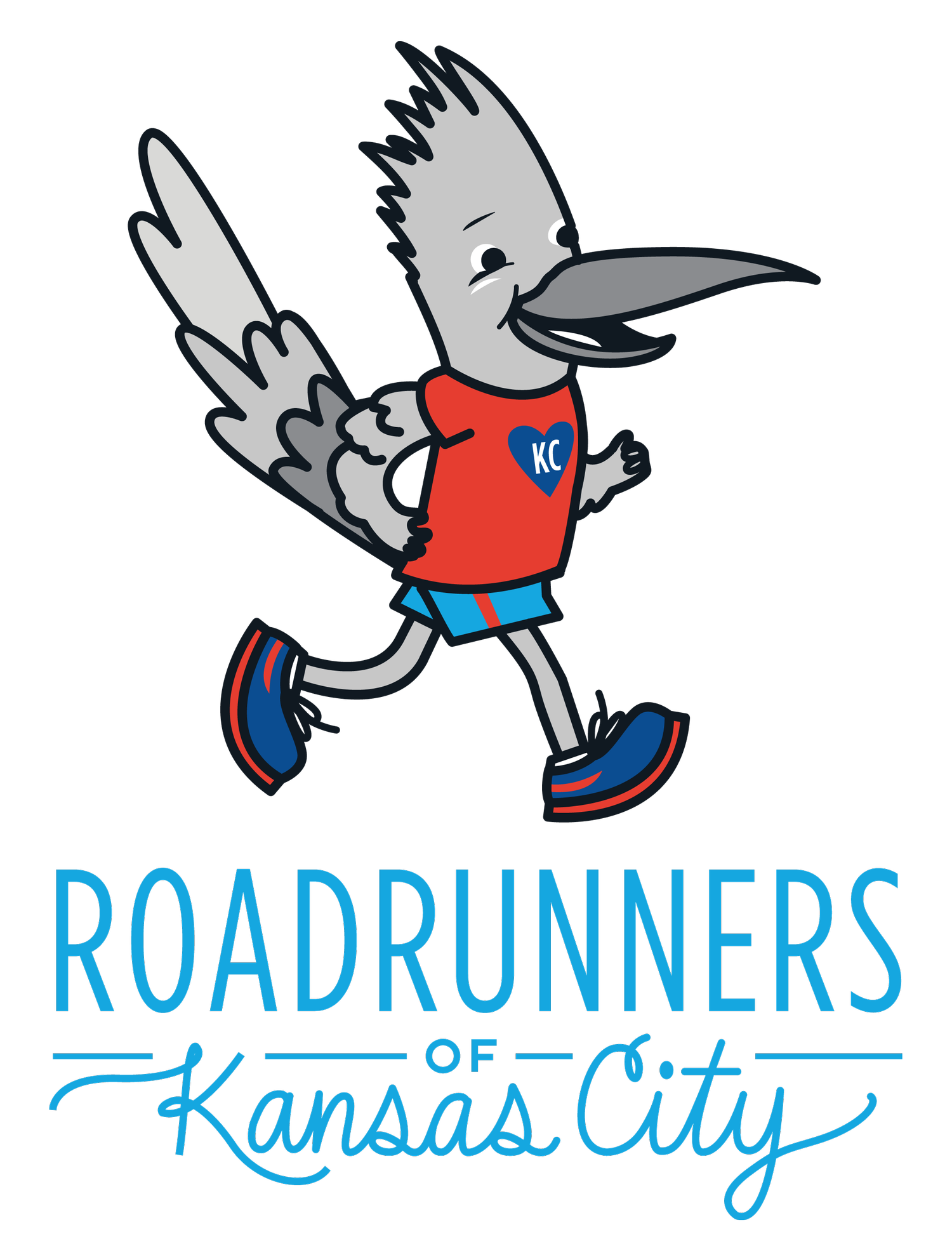Should I wear different running shoes for speed and racing?
/Runners new to the sport should stick to their regular running shoes for races regardless of distance. Some runners, like professional or collegiate runners or advanced recreational runners racing shorter distances like a 5K, may benefit from a racing shoe. However, even though they may impart a slight advantage, most runners should stick to their tried and true training shoes for long-distance races.
Running shoe manufacturers, as of late, are promoting lighter and springier shoes for racing and speed work. They are pricier and, in some cases, less durable than traditional running shoes.
A springy, light racing shoe with unique features is not inherently problematic. But, a racing shoe with specs that differ significantly from the training shoe can cause problems. The best-case scenario is unusual soreness; the worst is an injury; the risk expounds exponentially with longer distances.
Patients have come to the CoachAmyPT clinic with acute injuries after racing a full or half marathon in a shoe significantly different from their training shoe, despite wearing them during their tempo runs and interval sessions throughout the training season. Even though they introduced the shoes gradually and practiced in them once a week for an hour-long training run, that is very different from running in them for 13.1-26.2 miles.
Compare the following racing shoe specs with your distance training shoe.
heel-toe drop (difference in height between the heel and forefoot)
spring technology, such as carbon fiber plate
roller bar technology (e.g., metatarsal bar)
weight*
cushion
support (e.g., zero - max stability or guidance)
Weight is the feature that gives the best speed advantage with the least potential adverse effect. (e.g., training in a heavier shoe and racing in a lighter shoe).
Experienced runners who are injury-free with five or more years of consistent training and racing at a given distance may safely race in a speed shoe if they follow these tips:
Wear them for shorter distance races, like 5K or 10K.
Introduce them gradually. e.g., once per week at first for short-distance speed or tempo runs.
Consider them for longer-distance races if the only difference is the weight.
The safest bet is to wear the identical make/model shoe for long-distance training runs that you plan to wear for a marathon or half-marathon race. If you want to race in a speed shoe with special features like a roller bar or carbon fiber plate, wear them in training. Resist the urge to save money by wearing them less frequently to "save" them. The ding to your budget is less costly than an injury!


